#SportsCars
Ford Announces New Mustang Appearance Package, Anniversary Event, and Mystery Update
Ford took a victory lap this week after realizing the Mustang is now the only traditional front-engine, rear-drive, V8-powered American sports coupe that’s still available after 60 years on the market. To commemorate the achievement, the brand debuted a special red and black logo it said was inspired by the badging and wheel center caps on the Mustang that debuted at the 1964 World’s Fair. This is apparently tied to a 60th Anniversary Appearance Package the brand will soon be offering and a digitized “special feature” that will be made available on April 17th.
Junkyard Find: 1971 MG MGB-GT
The last model year for MG in the United States was 1980, but that doesn't mean that Morris Garage vehicles have become impossible to find in our car graveyards right now. Far from it! Examples of the Midget and the MGB continue to show up at Ewe Pullets throughout the land, but the Pininfarina-styled MGB-GT hatchback has been a lot harder to find than its convertible sibling. Here's one of those cars, found at a family-owned yard just south of Denver.
Junkyard Find: 1979 Alfa Romeo Spider Veloce
Alfa Romeo Spiders weren't especially difficult to find in American car graveyards as recently as 15 years ago; I saw perhaps one for every three MGBs or Fiat 124 Sport Spiders during my junkyard travels back then. Today, the MGBs and 124s keep showing up in Ewe Pullets just as they always have, while I might find one discarded Alfa Spider every few years. Here's the latest one: a '79 in a yard (on the aptly named Dismantle Court) just to the east of Sacramento, California.
QOTD: What Price Performance?
I concluded my 2024 Ford Mustang GT review by pointing out that if you order a fully-loaded GT it will cost you around $60K, and that strikes me as expensive -- especially for a model that once offered V8 power for a relatively low price.
Give Me Mono: BAC Expanding American Dealer Network
Specialized automaker Briggs Automotive Company (BAC) has announced plans to expand on the North American market, offering more places for customers to source and service the single-seat BAC Mono.
Used Car Review: The 2010 BMW Z4, an Extinct Metal Roof Convertible Experience
Rare Rides Icons: Lamborghini's Front-Engine Grand Touring Coupes (Part XII)
Ferruccio Lamborghini finally realized his dream of a proper four-seat grand touring coupe with the introduction of the Espada in 1968. The Espada entered production after a long and difficult styling process, which occurred simultaneously with a long and difficult engineering process. After multiple restyling attempts (and the use of a canned Jaguar coupe design), the Espada was produced in its Series I format from March 1968 to November 1969.
Rare Rides Icons: Lamborghini's Front-Engine Grand Touring Coupes (Part XI)
It was a long, uphill battle to get the Espada into production. Seemingly no designer would deliver on Ferruccio Lamborghini’s desire for a four-seat grand touring coupe. While style was fine, outlandish design was unacceptable. Yet designers disappointed him on the Islero (which was supposed to be a real four-seater) and fought him on what became the Espada.
Marcelo Gandini at Bertone was forced to redesign the Espada more than once to comply with Lamborghini’s wishes, even though its Jaguar Pirana looks stayed intact. Gullwing doors were a favorite feature of Gandini’s, but Ferruccio declared they were ridiculous and impractical for such a car. And while the styling was being settled, there was quite a bit of new engineering taking place for the Espada, too.
Rare Rides Icons: Lamborghini's Front-Engine Grand Touring Coupes (Part X)
In 1968, Lamborghini launched two new front-engine grand touring coupes at the same time. It was only the second time the company introduced two new models in the same model year. The two cars in question were the restrained and conservative Islero 2+2, and the larger more in-your-face Espada. While we covered Islero’s rapid demise previously in this series, the four-seat Espada had a much more successful life.
It was the realization of a large four-seat coupe from company founder Ferruccio Lamborghini, who’d wished for a car of said type since the company’s inception. The short-lived Islero turned into a last-of-moment for Lamborghini, as its sales flop proved the company with the raging bull logo was better served by more exciting, outlandish designs.
We covered Espada's styling in our previous entry. Penned by Marcelo Gandini at Bertone, the Espada was nearly a Xerox copy of the Jaguar Pirana concept, at 125 percent magnification. But its large size and generous interior space for four caused some new challenges for Lamborghini’s engineers; the road to the production Espada was not a smooth one.
Rare Rides Icons: Lamborghini's Front-Engine Grand Touring Coupes (Part VIII)
We return to our Rare Rides Icons coverage of Lamborghini’s front-engine coupes at a moment of relative triumph. After three earlier design proposals failed to pass muster with Ferruccio Lamborghini, a fourth received approval and was chosen as the 400GT’s replacement. Part of an in-house collaborative effort between Mr. Lamborghini, Carrozzeria Marazzi, and Lamborghini’s engineers, the resulting coupe was sedate, elegant, and not that removed from the outgoing 400GT 2+2.
QOTD: Ready for An EV Performance Revolution?
Recently, Dodge made news by saying its beloved V8 performance cars are going full EV in the not-too-distant future. BMW is talking about a similar transition.
Rare Rides Icons: Lamborghini's Front-Engine Grand Touring Coupes (Part VII)
When we last left Lamborghini’s front-engine coupe timeline, Ferruccio Lamborghini found himself about out of time to designate a replacement for the 400GT 2+2. Touring’s Flying Star II two-seat shooting brake was radical and possessed neither the restrained GT styling Mr. Lamborghini desired, nor the full four-place capacity. The company turned to Bertone and design legend Marcelo Gandini, who proposed the four-seat Marzal.
The Marzal’s design was as radical as the Flying Star if not more, and had gullwing doors and an interior filled with silver textile. After it debuted Ferruccio remarked how the Marzal was just a fun design exercise and was not intended to be a production car. Whether that statement was actually true remains unclear, but seems unlikely given the events that occurred post-Marzal. Lamborghini needed a real production design, and fast.
Rare Rides Icons: Lamborghini's Front-Engine Grand Touring Coupes (Part VI)
We pick up our Lamborghini front-engine grand touring coverage at a time of design disappointments. Though the exotic Miura gave the company instant notoriety as it simultaneously created the super car class, the company’s other model was due for replacement. A more traditional looking two-door, the 400GT 2+2 was an edit of the 400GT Interim (2+1), which was itself an engine upgrade on the 350GT, the company’s first production car.
Ferruccio Lamborghini anticipated the need for a new design, and went in search of a 400GT replacement around the time it entered production in 1966. Lamborghini turned first to Carrozzeria Touring. But even though they penned the 350GT and 400GT designs, their two-seat shooting brake suggestion, Flying Star II, was not to Lamborghini’s taste.
In fact it was sort of like Touring didn’t read the prompt. An abandoned race car design called the 400GT Monza from Neri & Bonacini was also presented as an option. The firm built Lamborghini’s tube frames a few years before, but that didn’t lend them enough goodwill at Lamborghini to get their design accepted. Time for take three!
2017 Mazda MX-5 RF: Folding Fastback Fun Starts at $32,390
Mazda has kicked off presale orders for its 2017 MX-5 RF, the “retractable fastback” that gives would-be convertible buyers an extra feature to help win their spouse’s support.
Introduced to salivating journalists at the New York Auto Show, the model starts at $32,390 (including a $835 destination charge) in Club trim — a $2,955 increase over a 2016 MX-5 Club.
What Is This Performance BRZ/FR-S and Where Can We Get One?
Our friends over at AutoGuide have a juicy story about a patent filing from Toyota that details a decidedly BRZ STI-looking drawing that may signal a performance variant on its way.
According to AutoGuide, the patent, which was approved in Japan, was filed by Toyota, but named Subaru-parent company Fuji Heavy Industry as its owner. The patent was approved so let’s get them on the lots already.



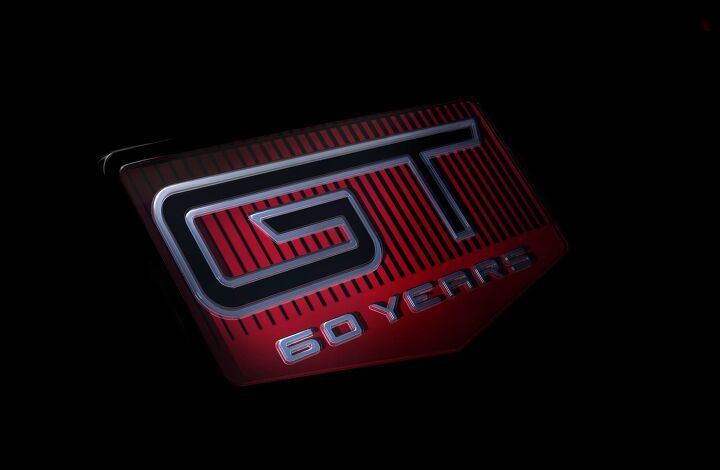
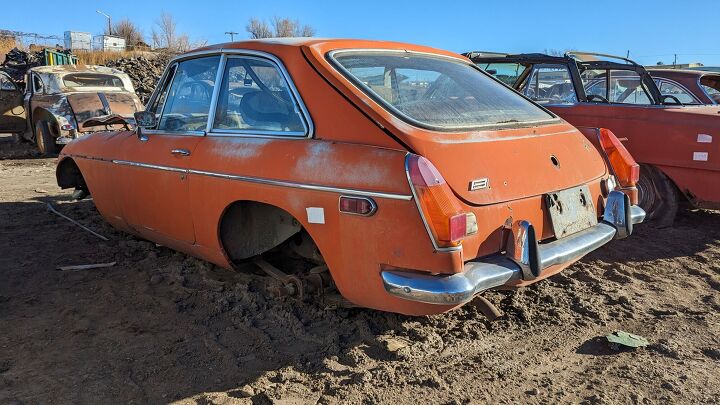
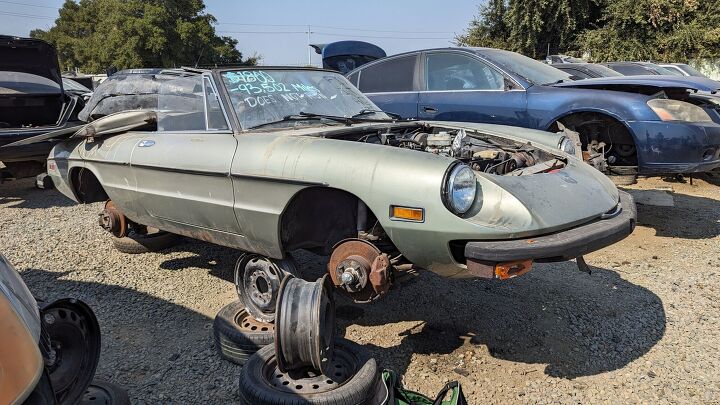
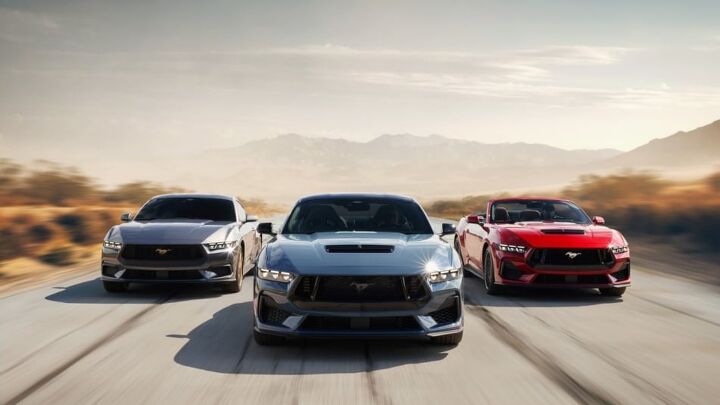

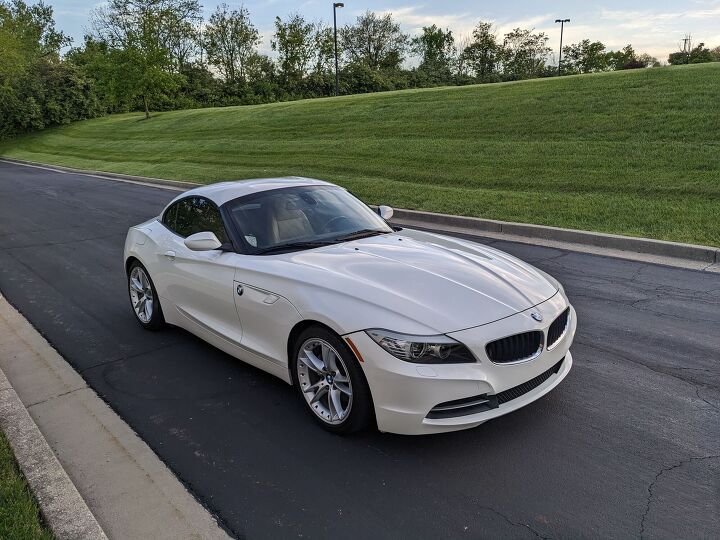

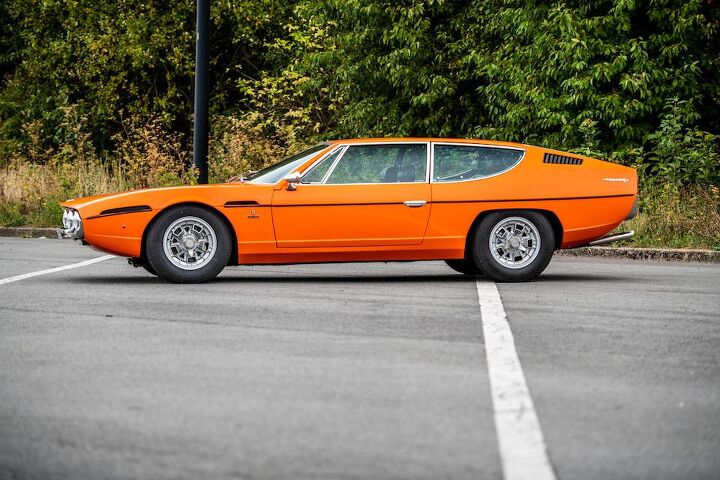
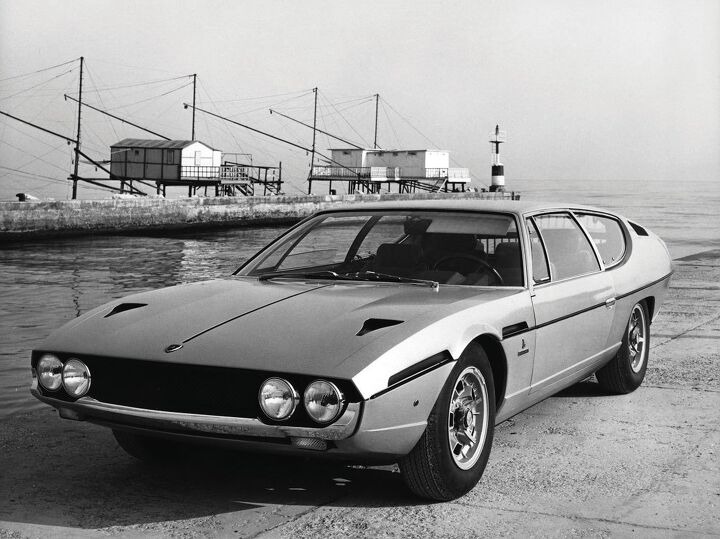

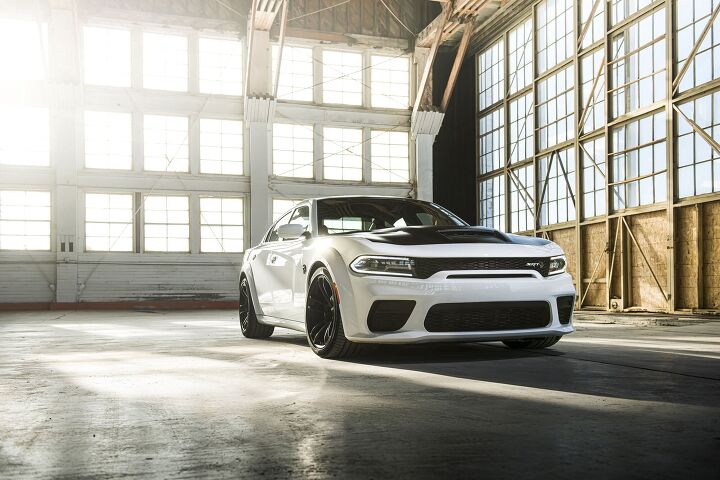
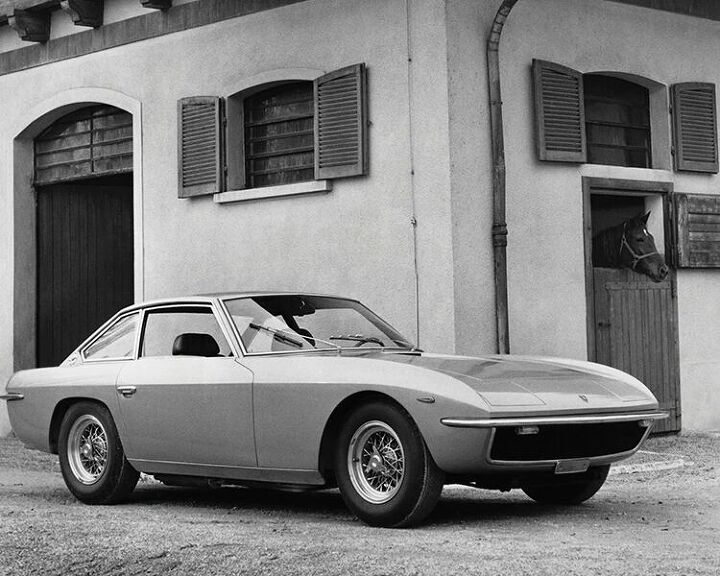
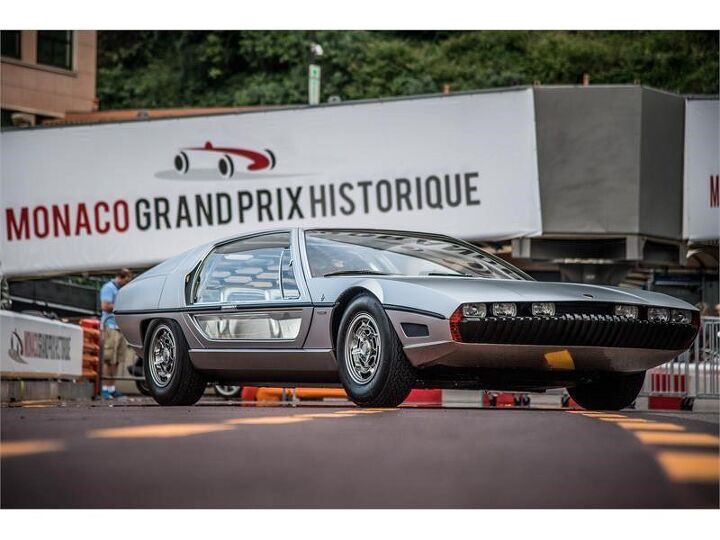













Recent Comments